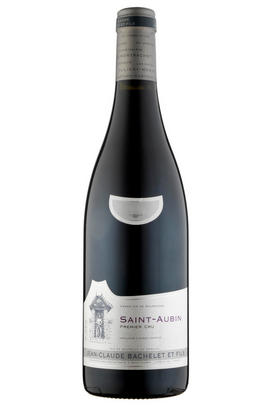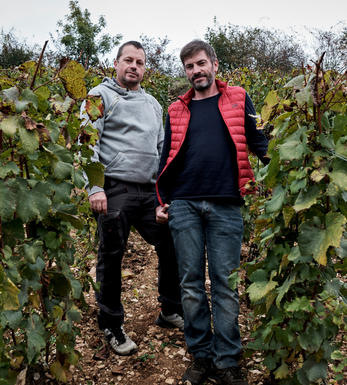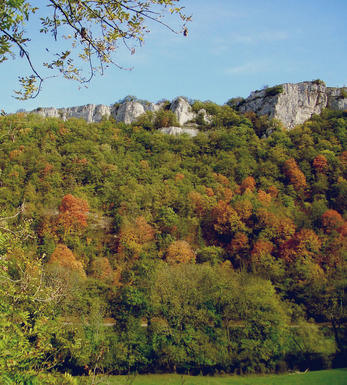
2020 St Aubin, Les Champlots, 1er Cru, Jean-Claude Bachelet & Fils, Burgundy

Critics reviews
Jasper Morris MW, Inside Burgundy (January 2022)
About this WINE

Jean-Claude Bachelet
Jean-Claude Bachelet is considered one of the most conscientious wine producers in St Aubin. The wines are exceptionally well balanced, with understated character and good medium-term ageing potential.
Benoît and Jean-Baptiste Bachelet now head up the estate, having taken over from their father Jean-Claude (who died in 2020). Jean-Claude previously sold much of the estate’s crop to négociants, but nowadays they bottle almost all their wines.
Benoît and Jean-Baptiste have now moved to superb new cellars in the hamlet of Gamay, next to St Aubin.
In the vineyard
The brothers have been experimenting with biodynamic viticulture in the vineyard and have plans to extend this across their holdings in St Aubin, Chassagne-Montrachet and Puligny-Montrachet.
In the winery
The basic principle of a long, slow barrel-ageing for almost two years remains in force, while the state-of-the-art winery has improved consistency.

Côte de Beaune
With its three musketeers of Chassagne-Montrachet, Puligny-Montrachet and Meursault, alongside the imperial Corton-Charlemagne, the Côte de Beaune is home to the finest Chardonnays in the world. It hosts seven of Burgundy's eight white Grands Crus, along with a single red Grand Cru. Ironically though, much more red wine is made in this southern half of the Côte d'Or than white.
Stretching 30km south past the town of Beaune to Cheilly-lès-Maranges, the Côte de Beaune has a more expansive feel and gentler slopes than the Côte de Nuits. Its finest Chardonnays are characterised by an incomparable intensity and complexity, while its Pinot Noirs generally have softness and finesse as their calling cards. The best reds come from Beaune, Pommard and Volnay, and the powerful Grand Cru of Corton.
As in the Côte de Nuits, the fragmentation of the Côte de Beaune's vineyards brings the single biggest hurdle for any wine lover, namely the unpredictability of its wine. The human factor is paramount, and sadly too many lazy or unscrupulous growers and merchants have produced disappointing wines from some of the region's greatest names, while their more talented and quality-minded neighbours craft exquisite examples from the same terroir. Happily, quality is now higher than it has ever been here and organic and biodynamic methods are increasingly popular – especially amongst the younger generation.
Wines labeled `Beaune' come from the appellation adjoining the town while those labeled Côte de Beaune (red or white) emanate from a group of vineyards on the hill above. Côte de Beaune Villages is a red wine that can be made from a number of lesser, named villages in the region, while Hautes-Côtes de Beaune (mostly red) is produced from vineyards in the hills to the west of the appellation, divided in two by St Romain. These tend to be light yet often fine wines, especially in hot years like 2003 and 2005.

Chardonnay
Chardonnay is often seen as the king of white wine grapes and one of the most widely planted in the world It is suited to a wide variety of soils, though it excels in soils with a high limestone content as found in Champagne, Chablis, and the Côte D`Or.
Burgundy is Chardonnay's spiritual home and the best White Burgundies are dry, rich, honeyed wines with marvellous poise, elegance and balance. They are unquestionably the finest dry white wines in the world. Chardonnay plays a crucial role in the Champagne blend, providing structure and finesse, and is the sole grape in Blanc de Blancs.
It is quantitatively important in California and Australia, is widely planted in Chile and South Africa, and is the second most widely planted grape in New Zealand. In warm climates Chardonnay has a tendency to develop very high sugar levels during the final stages of ripening and this can occur at the expense of acidity. Late picking is a common problem and can result in blowsy and flabby wines that lack structure and definition.
Recently in the New World, we have seen a move towards more elegant, better- balanced and less oak-driven Chardonnays, and this is to be welcomed.


Buying options
Add to wishlist
Description
This neat wine is a good marker for the St Aubin Premiers Crus that follow. This steep, south-west facing vineyard is visible to the north from the winery. The Bachelet parcel sits away from the influence of the combe. The wine synthesises St Aubin’s various charms, with appealing citrus notes and a sense of lanolin and peach stone. Drink 2023-2027.
wine at a glance
Delivery and quality guarantee